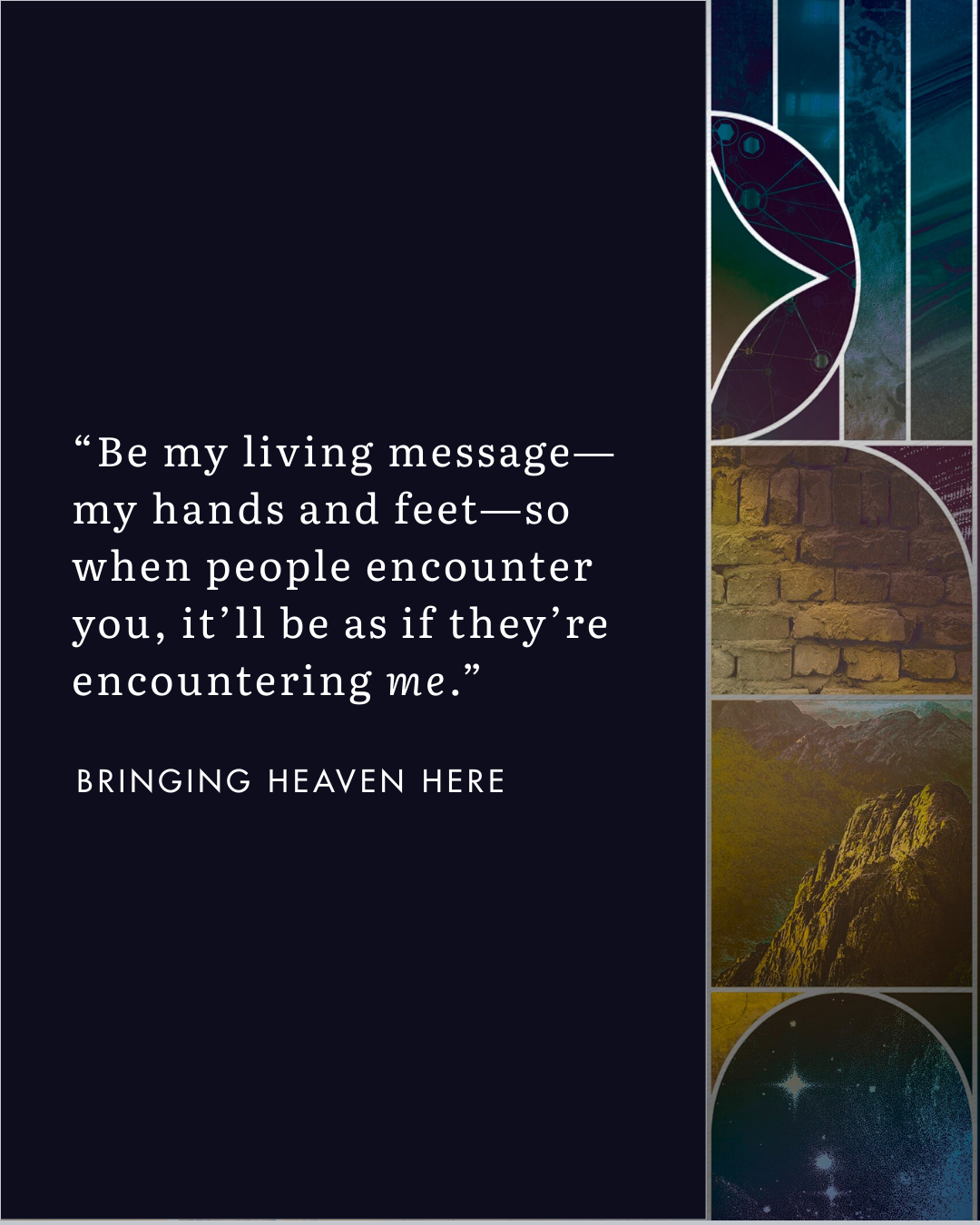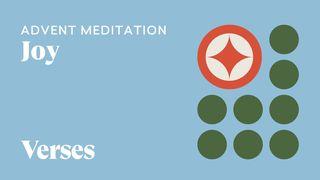Understanding the Original Context of the Lord’s PrayerSample


Geographical Context
“Now when Jesus saw the crowds, he went up on a mountainside and sat down. His disciples came to him, and he began to teach them” (Matthew 5:1-2).
Location matters. Geography isn’t background detail—it often explains why the story happens at all. The Sermon on the Mount, where Jesus taught the Lord’s Prayer, is no exception.
By delivering his message on a mountain, Matthew wants us to hear echoes of Moses on Mt. Sinai. After rescuing his people from Egypt, God brought them to Sinai where Moses gave them the covenant—principles for living. Then God planted Israel in Canaan, what biblical geographers call “the land between.” Situated at the crossroads of the ancient world, it was the place where the great empires of Africa, Asia, and Europe converged. It linked trade routes, bridged seas, and funneled cultures into constant contact.
It’s as if God said, “I want you here, where the world passes through. Be my living message—so that when people encounter you, it will be as if they are encountering me.”
Just as Moses gave Israel God’s covenant law, Jesus was now giving his disciples a vision of what life in God’s kingdom looks like. And he did it in Galilee—a place buzzing with the same kind of crossroads energy. Traders, travelers, and ideas flowed constantly through its towns. Around the Sea of Galilee you could find Torah-keepers, Roman loyalists, political zealots, and pagan influences—all colliding in one small region.
Right there, in the middle of all those competing voices, Jesus gave his disciples a prayer. He didn’t arm them with arguments for every debate; he anchored them with words to steady their hearts: Our Father in heaven, hallowed be your name. Your kingdom come, your will be done. The prayer was their compass in a world of swirling ideologies.
That’s the power of context. When we see where Jesus was and what his disciples faced, the Lord’s Prayer becomes more than familiar words. It’s a lifeline—rooting us in God’s story and training us to live faithfully no matter what cultural crosscurrents we face today.
Reflection Question:
Galilee was a crossroads buzzing with competing voices and worldviews, and Jesus gave his disciples a prayer to anchor them in God’s kingdom. What “crossroads” do you find yourself living at today—whether cultural, political, or personal—and how might the Lord’s Prayer steady you in the middle of it?
Scripture
About this Plan

The Lord’s Prayer is the most well-known prayer in human history—but that familiarity can work against us. We assume we already know what it means, and in doing so, we miss the depth and power Jesus intended. In this six-day plan, you’ll rediscover the prayer through six lenses of context—history, geography, culture, language, literary design, and visual backgrounds—that open up its original meaning. As you explore these dimensions, you’ll see how this ancient prayer is not just words to recite but an invitation to step into Jesus’ mission of bringing heaven to earth.
More
Related plans

Hearing God Through the Christmas Story

What the Bible Says About Christmas - 31 Days of Meditations

14 Days in the Company of Elijah

Advent Meditations: Joy

The Single Season

How to Keep Your Head on Straight in a World Gone Crazy

More Than a Name

Three Years in 30 Days: Jesus' Life and Mission

Formed by the Game: 30 Days of Seeing God in the Liturgies of Sport
